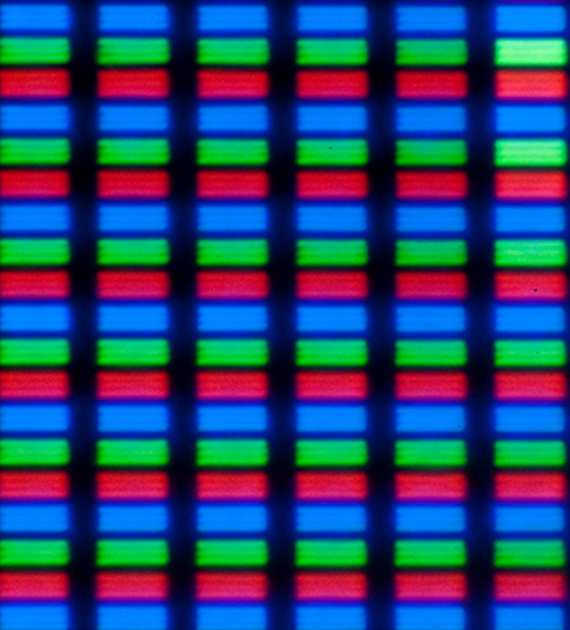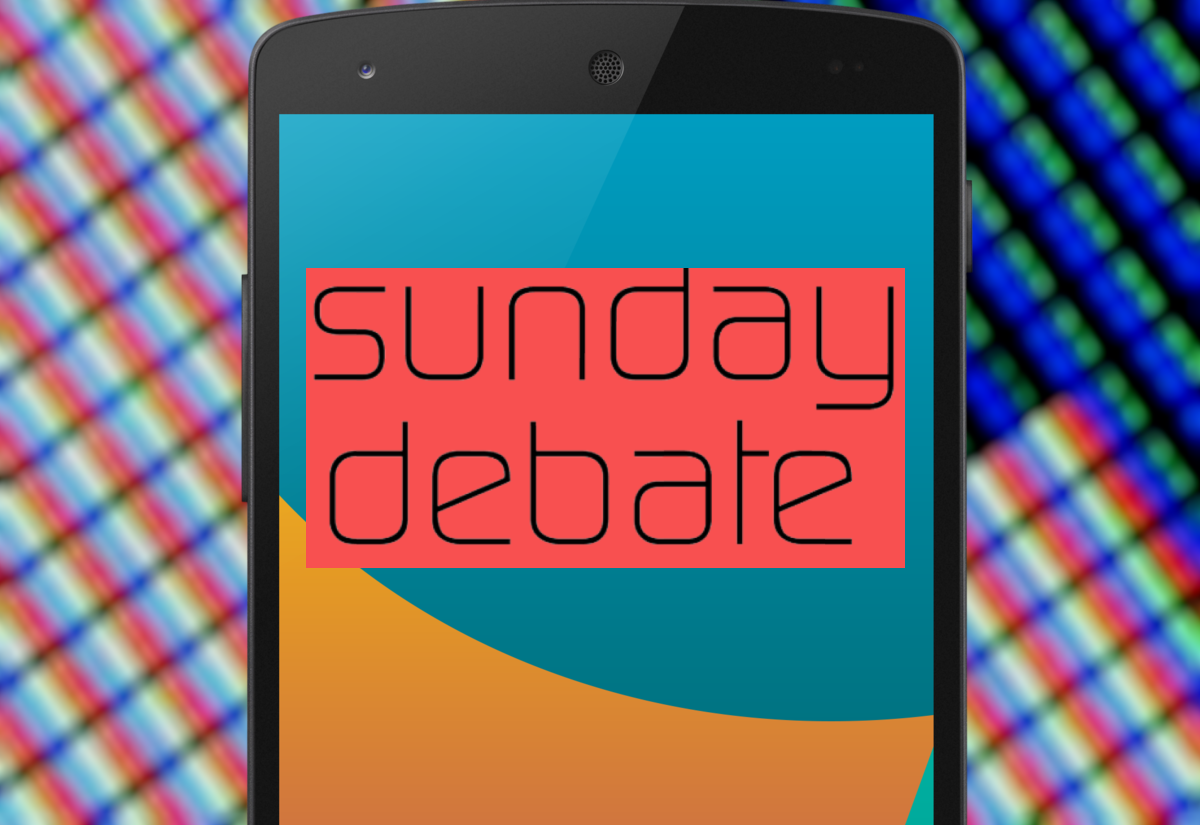Our screens keep getting brighter and richer, with more pixels in each inch of glass -- all for our viewing pleasure. Resolution wars are far from over, as we now have the first 4K panel on a smartphone with the Xperia Z5. But we all know that resolution is not all there is to a screen:
By now, it is likely we all have experienced the two favorite kinds of panels out there, AMOLED and LCD (IPS in particular). Both come with their pros and cons, both have been featured in some of the best devices Android has ever offered, and each is preferred by different kinds of consumers.
In this debate, we want you to state not just your opinion, but also which screen technology you believe is better for the future of the platform. Variety and choice are great, of course, but is there a clear winner at the moment? And will that change in the future? Both solutions continue to improve with revisions and new circumventing technologies, but only one can take up the panel of your next phone. So we ask:
- Do you prefer AMOLED or IPS LCD?
- Which one looks better to you (color, brightness, grayscale and contrast)?
- Which technology has progressed the most?
- Which individual factors do you value of each technology?
- Can either completely overwhelm the other in the future?
AMOLED
It’s no secret that Samsung is the big player behind this technology, with its flagship devices having the latest and greatest of the kind. Samsung panels have progressed dramatically in the past two years, and they now offer some of the best color accuracies while still getting extremely bright and being very power efficient. Some users call AMOLED screens “oversaturated”, but recent panels look sharp and color-accurate on the non-default “Basic” mode. AMOLED panels can suffer from infamous burn-in, and there are still some minor issues with purple ghosting on many panels. These screens can also save you some battery due to their ability to display blacks without turning on pixels, which leads many users to opt for all-black themes. Finally, the contrast and viewing angles are phenomenal.
LCD
 The newer IPS LCD displays can be some of the prettiest panels on mobile. Many of the top screens in various metrics, including brightness and color accuracy, are IPS LCD panels -- and understandably so. These have been known to be more color-accurate from the start, and they used to be brighter than AMOLED panels up until very recently. They do not always have amazing contrast, but the best of the pack have surprisingly good ratios. Viewing angles on IPS LCD displays are very good, although typically not as good as those on AMOLED screens. Most LCD panels (unlike the Xperia Z5) go for a typical RGB pixel arrangement which leads to consistent image quality, and there are also improvements in this space by companies like LG and their “Quantum” panels. Overall, LCDs are traditionally well-rounded and when tuned properly, phones with these panels top the charts and enrich the eye.
The newer IPS LCD displays can be some of the prettiest panels on mobile. Many of the top screens in various metrics, including brightness and color accuracy, are IPS LCD panels -- and understandably so. These have been known to be more color-accurate from the start, and they used to be brighter than AMOLED panels up until very recently. They do not always have amazing contrast, but the best of the pack have surprisingly good ratios. Viewing angles on IPS LCD displays are very good, although typically not as good as those on AMOLED screens. Most LCD panels (unlike the Xperia Z5) go for a typical RGB pixel arrangement which leads to consistent image quality, and there are also improvements in this space by companies like LG and their “Quantum” panels. Overall, LCDs are traditionally well-rounded and when tuned properly, phones with these panels top the charts and enrich the eye.
Debating
A lot of the points one can bring up regarding these displays may come from the land of subjectivity, but there are also some marked differences in both technologies and the paths that they are taking. While one could say that AMOLED displays have been progressing more than LCDs in recent years, it can also be argued that they had more catching up to do. High-end flagships typically have few issues with their displays, but both screen solutions have proven themselves worthy of the high price-tags their leadings smartphones come with. That being said,
- Do you prefer AMOLED or IPS LCD?
- Which one looks better to you (color, brightness, grayscale and contrast)?
- Which technology has progressed the most?
- Which individual factors do you value of each technology?
- Can either completely overwhelm the other in the future?


